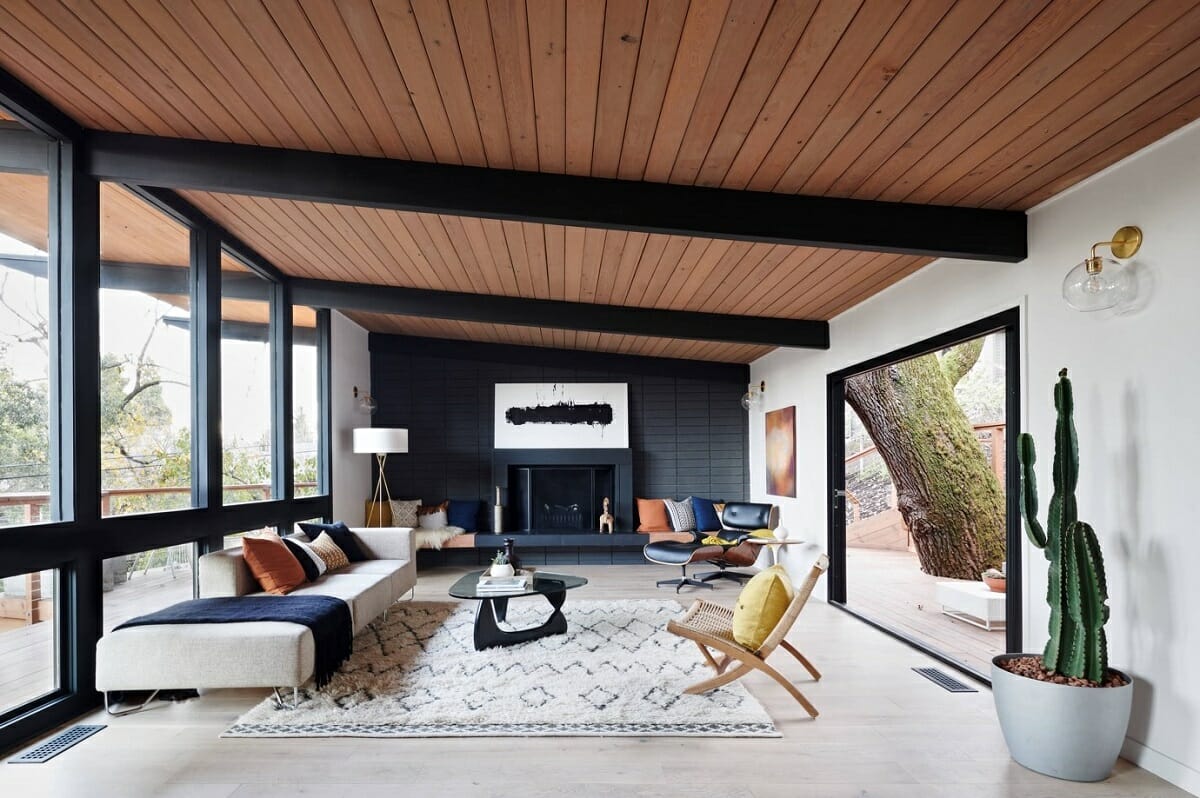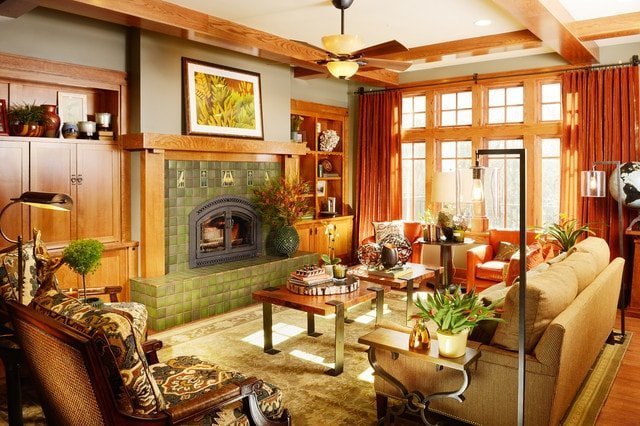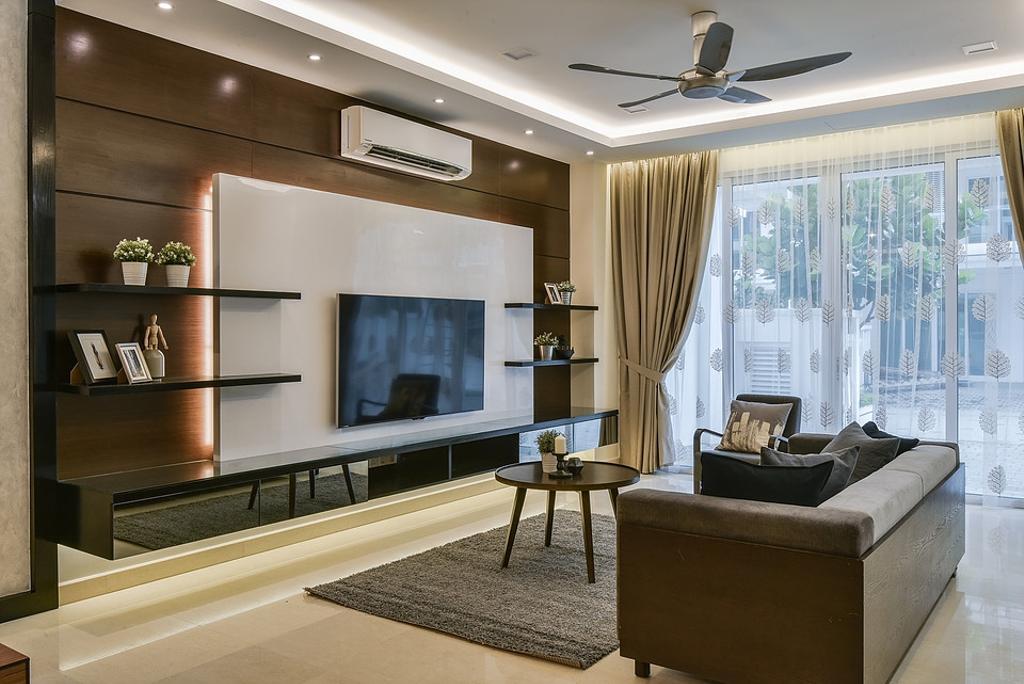Staging Craftsman Style, Mid-Century, and Modern Homes
Understanding the nuances of different architectural styles is crucial when staging a home. This article explores the divergences in staging Craftsman style, Mid-Century, and Modern homes. Each style possesses unique characteristics that influence the overall aesthetic and ambiance of the space. By comprehending the key elements and design principles associated with these architectural styles, homeowners and staging professionals can effectively showcase the essence and charm of each home. Whether it’s the warm and inviting Craftsman style, the nostalgic Mid-Century flair, or the sleek and contemporary Modern design, staging plays a vital role in highlighting the distinctive features of these homes.
I. Craftsman Style – Craftsman style homes emerged in the early 20th century and are renowned for their emphasis on handcrafted details, natural materials, and harmonious integration with the surrounding environment. When staging a Craftsman-style home, it is essential to prioritize elements that reflect its craftsmanship and cozy appeal.
- Materials and Finishes: Craftsman homes commonly feature exposed woodwork, stone accents, and earthy color palettes. Staging should incorporate warm-toned wooden furniture, textured fabrics, and natural materials such as stone or ceramic accessories.
- Furnishings and Decor: Craftsman style embraces simplicity and functionality. Stick to furniture with clean lines, sturdy craftsmanship, and vintage charm. Highlight built-in features like bookcases or window seats, and decorate with handcrafted pottery, stained glass lamps, and nature-inspired artwork.
- Lighting and Textures: Soft, warm lighting enhances the cozy ambiance of the Craftsman style. Utilize lamps with stained glass shades or mica panels. Introduce texture through rugs, pillows, and curtains made of natural fibers like wool or cotton.
II. Mid-Century Style – The Mid-Century style gained popularity in the post-World War II era and is characterized by its sleek lines, organic forms, and modernist approach. Staging a Mid-Century home requires capturing the essence of its retro vibe while infusing a contemporary touch.
- Iconic Furniture: Mid-Century homes often feature iconic furniture pieces like Eames chairs, Noguchi tables, and streamlined sofas. Choose furnishings that embrace the clean lines, geometric shapes, and minimal ornamentation associated with the style.
- Color Palette: Mid-Century design is known for its vibrant color schemes. Opt for a palette inspired by the era, such as bold oranges, teals, and mustard yellows, combined with neutral shades like white, gray, or black.
- Decorative Accents: Integrate abstract and bold patterns through textiles, such as pillows, rugs, and curtains. Select retro-inspired artwork and decor items, like starburst clocks or atomic-inspired designs, to create an authentic Mid-Century atmosphere.
III. Modern Style – Modern style homes emphasize simplicity, clean lines, and a focus on functionality. Staging a Modern home requires a minimalist approach with sleek and contemporary elements.
- Open Concept Layout: Modern homes often have open floor plans, so creating distinct areas is important while maintaining a cohesive flow. Arrange furniture strategically to define spaces, and use rugs, lighting, or plants to delineate zones.
- Neutral Palette: Modern design typically favors a neutral color palette. Choose shades of white, beige, gray, or black for the walls, flooring, and larger furniture pieces. Add pops of color through accessories and artwork.
- Minimalist Furnishings: Select furniture with clean






